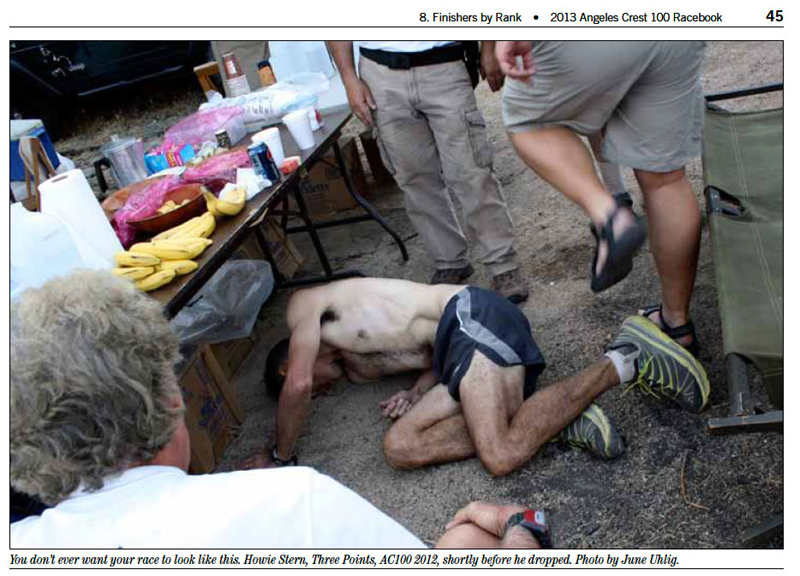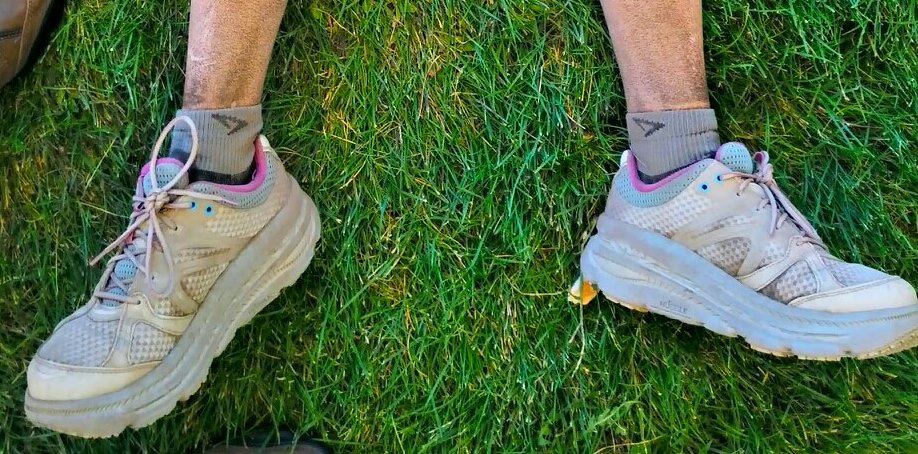 I went a long time without tragedy or loss in my life. Almost 40 years; how’s that for being lucky?
I went a long time without tragedy or loss in my life. Almost 40 years; how’s that for being lucky?
Sure, I had fights with friends, I lost grandparents, I saw friends of mine lose loved ones. All of that was somewhat detached or expected, so it was manageable.
Friends that I’ve known for many years have been through their own losses whether or not I was aware; surely they must have changed as a result. Some of those friends are very private, with well guarded emotions. Did they get that armor after suffering or was that part of their makeup all along? If something terrible happens to them, do they cope on their own time and put on a good or neutral face when out in the world? I don’t know.
What I do know is that I did that – stuffed it all in – with all of the mundane hurts and disappointments that came my way. I fought outward displays of emotion for many years, and still have a hard time with it. No one – NO ONE – got to see me cry in public. That was not OK. But then that changed.
Losing a close friend last fall, and then a beloved pet very suddenly over the holidays (where I felt at least partly culpable), and now another friend at a far younger age than is right or fair, changed me. The magnitude of those losses meant that the bottleneck had to give, and it has helped to not just show that “I’ve been crying all day” face in public but to reach out and ask for support from my wide network of friends and acquaintences. It really helps, despite any doubts I had.
What has changed in me?
Love.
I love more. I use that word more frequently. I used to think you can only use that word for someone you would step in front of a train for or devote your life to. Now I see that love is that big, and can be that powerful, but it is much more encompassing. Saying “I love you” to a friend takes nothing away from the big loves in my life like family or my partner.
All I can see for myself is that the more loved ones I lose, the more love I have and show. Of course, I’d not choose to lose anyone else. But loss clarifies emotion and helps to grow the bonds between the survivors and that is nothing but good.







